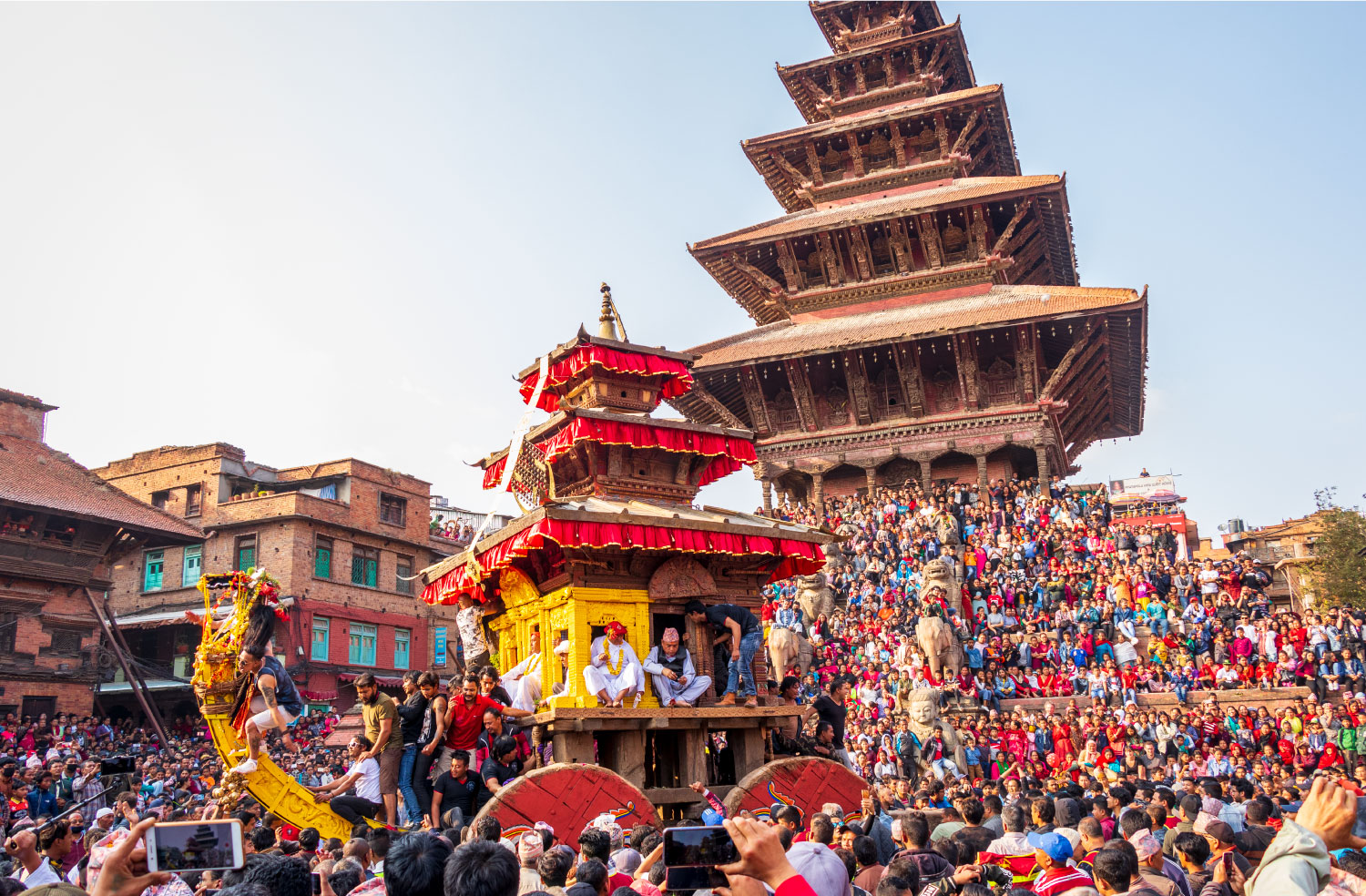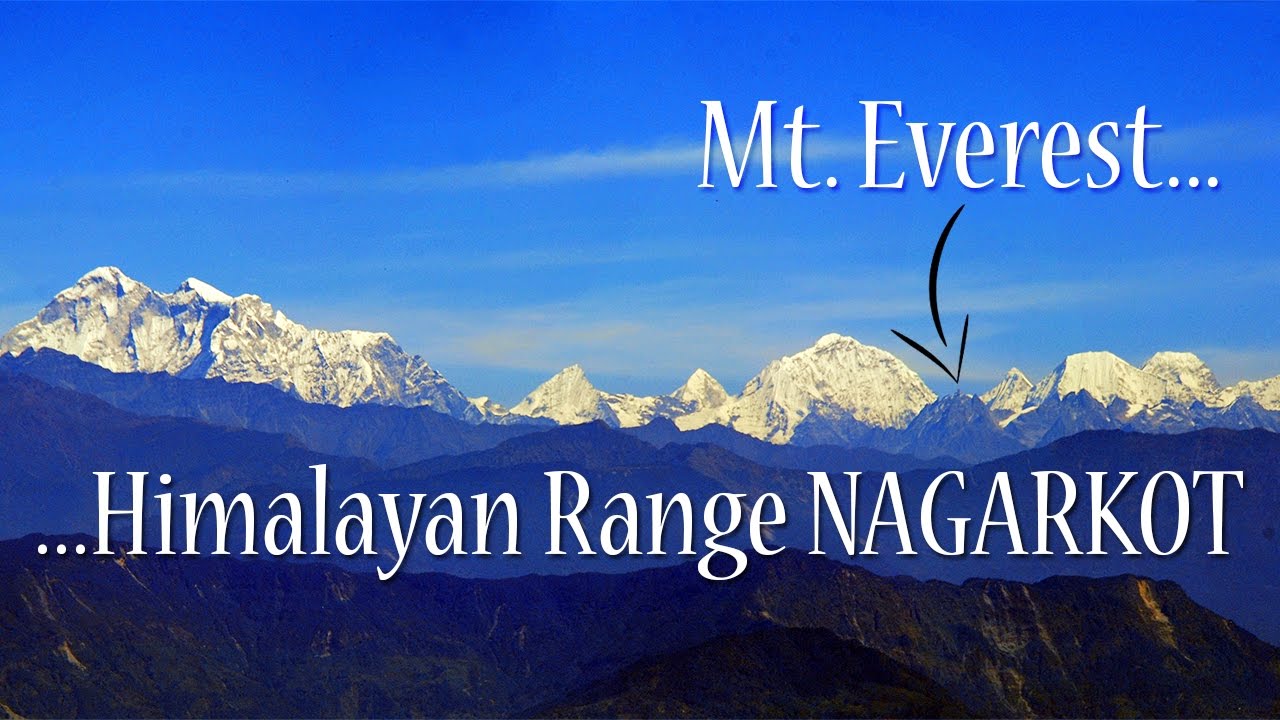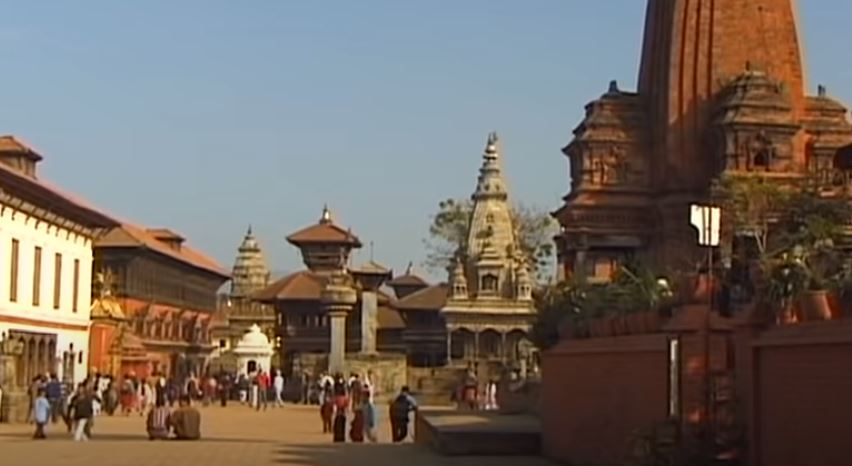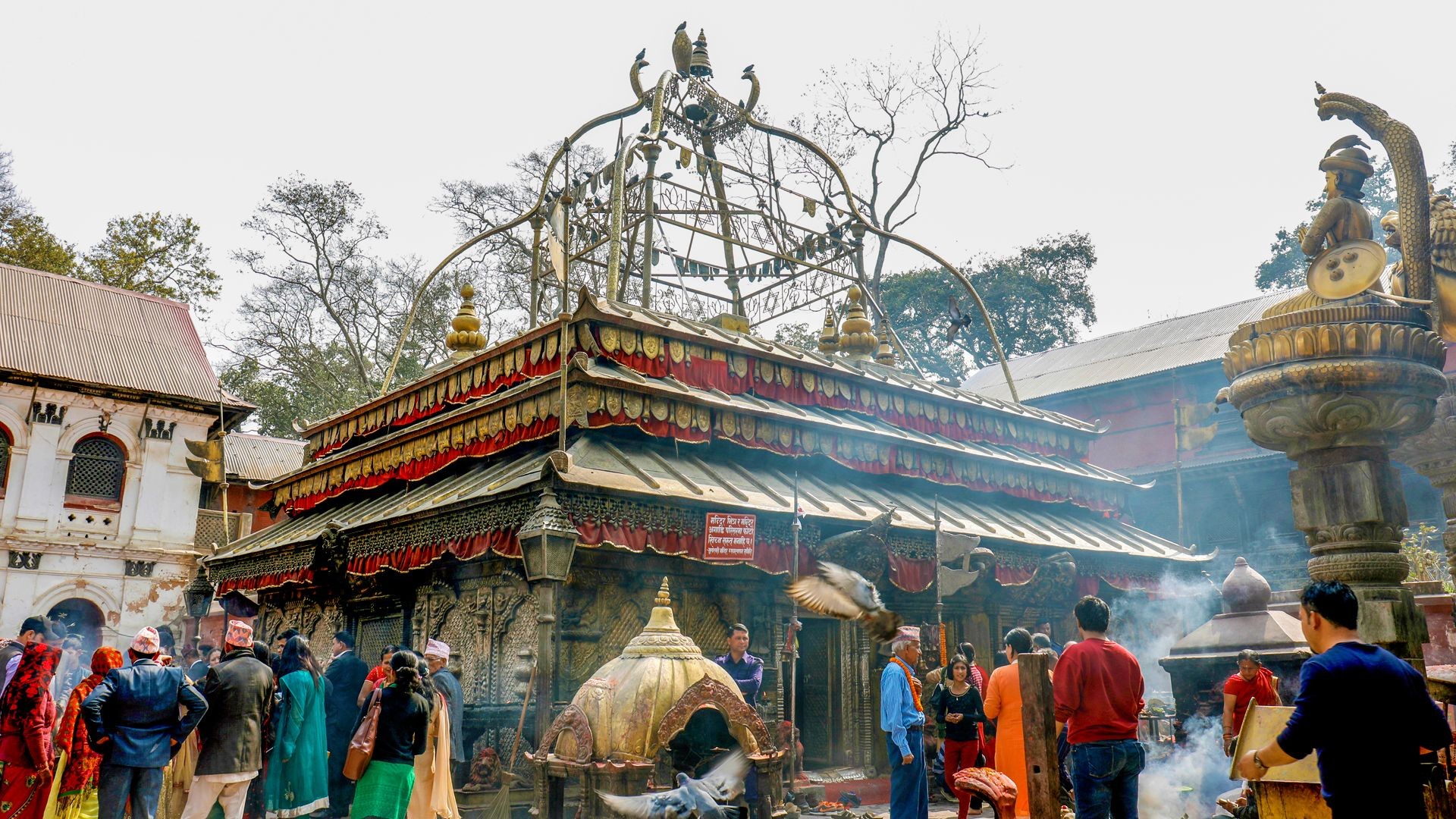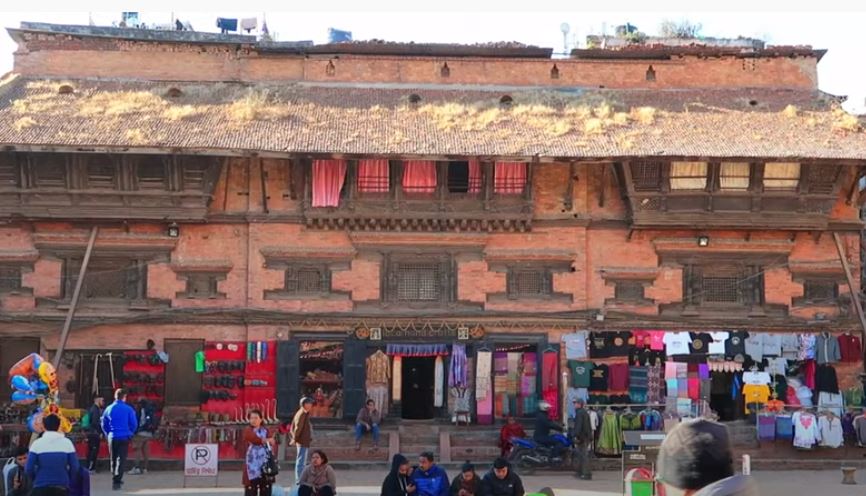Nepal is located in the Himalayas and bordered to the north by the People’s Republic of China, and to the south, east, and west by the Republic of India. With an area of 147,181 square kilometres (56,827 sq mi) and a population of approximately 30 million, Nepal is the world’s 93rd largest country by land mass and the 41st most populous country. Kathmandu is the capital
of the nation and a treasure house of ancient art and culture. Nepal, within its small area, is endowed with the gift of
nature as no other in the world possibly has. Lying between India and China in the south and north respectively, Nepal
has preserved its own unique identity in terms of culture, ethnic diversity and pristine natural glory. From the north
to the south, the differences in every aspect stand out can captivate anyone. A land of mountains that Nepal is often called, it boasts of the main Himalayan range that is house to the highest peaks in the world. With Everest, the highest peak in the world standing at a height of 8848 meters (29028 feet) above the main sea level, there are other peaks that also are alluring; among the fourteen peaks above 8000 meters eight are in Nepal which makes the country the focus of all mountaineers worldwide.
Location:
Nepal is a land-locked country bordering with the Tibet Autonomous Region of the People’s Republic of China in the north and surrounded by India in the east, south and west.
Language:
Nepali is the national language of Nepal. Educated people understand and speak English as well. There are hundreds of
local dialects spoken by people from various ethnic groups.
Climate:
Nepal has four major seasons, namely
1 Winter: December-February
2 Spring: March-May
3 Summer: June-August and
4 Autumn: September-November. Nepal can be visited all the year
round.
People and Religion:
Nepalese people are mainly divided into two distinct groups, the Indo-Aryans and the Mangoloids (the Kirats). Before 2007
AD, Nepal was regarded as the only Hindu Kingdom in the world. But after that the Government of Nepal has already announced the country to be secular country. The Hindu Temples and Buddhist Shrines are scattered all over the Kingdom. Nepal is the birthplace of Lord Buddha, Herald of Peace, the Light of Asia. Hindus, Buddhists, Muslims and Christians live together in harmony. And other nature worshipers, too, exist here.
Currency & Foreign exchange
Nepali Rupee notes come in Rs. 5, 10, 20, 25, 50, 100, 500, 1000 denominations. Coins come in Rs. 1, 2 , 5 and 10 denominations. Foreign currencies must be exchanged only through banks or authorized money exchange. The receipts of such transaction are to be obtained and retained. Visitors can exchange foreign currency at the foreign exchange counter at the airport upon arrival. Visitors other than the Indian nationals have to make the payment in foreign currency (non-Indian currency) in hotel, Trekking agencies or travel agencies and for air tickets.


